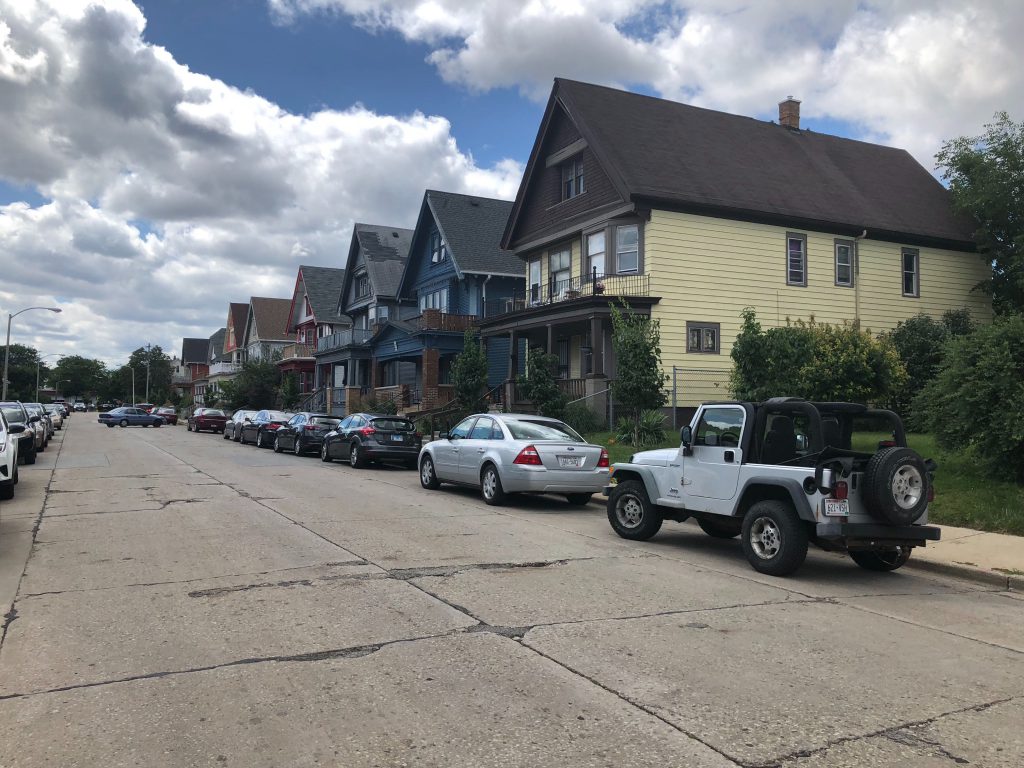Walnut Way Using New Dashboard to Boost Homeownership
Developed by Northwestern Mutual, UWM and Marquette, new tool allows better insight into changing Lindsay Heights neighborhood
Walnut Way Conservation Corp., a non-profit focused on the economic redevelopment of the Lindsay Heights neighborhood, is using data to develop a picture of homeownership, and the barriers that exist to it in its own backyard.
The organization is doing this using new data tools and visualizations developed by a partnership between Northwestern Mutual, UW-Milwaukee and Marquette University called the Northwestern Mutual Data Science Institute (NMDSI).
In 2019, a grant awarded Walnut Way access to 500 hours of data science expertise from the NMDSI. On Wednesday, the non-profit held a virtual seminar displaying its new suite of data.
Walnut Way says the data harvested through this grant will be used as another tool in its efforts to increase homeownership in the Lindsay Heights neighborhood.
The research for the project was conducted by students at UW-Milwaukee and Marquette, who collected and organized public data on the Lindsay Heights neighborhood into a user-friendly suite of information for the non-profit.
Antonio Butts, executive director of Walnut Way, said his organization focuses on “empowering residents” through local resident leadership and civic engagement so they can build wealth. And, he said, the NMDSI research “Supports this dream through data science and looking at the heart of how people live in Lindsay Heights.”
A piece of data the students pulled together that stood out to Butts was the collection of data on property tax delinquency showing homeowners with multiple years of property tax delinquency. “That’s potentially part of the erosion of existing homeownership,” he said.
That observation dovetails with another piece of information shown in the data, the City of Milwaukee is the largest landowner in Lindsay Heights with over 400 properties. Most were acquired through property tax foreclosure.
Since 2000, the rate of homeownership has decreased in the neighborhood from 40 to 30 percent, the students found. And their new data tools allow Walnut Way to track trends like that over time, and contextualize the data with other information. For example, while homeownership has decreased, so too has the population of the neighborhood.
Another interesting finding was shown in a visualization of tax delinquencies and property assessments mapped onto the neighborhood. The map showed a general geographic correlation between areas with high tax delinquencies and areas with declining property assessments.
Butts said these data tools will help his organization better manage its efforts to promote homeownership and economic sustainability in the area.
If you think stories like this are important, become a member of Urban Milwaukee and help support real, independent journalism. Plus you get some cool added benefits.


















